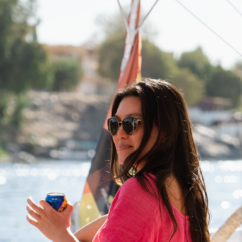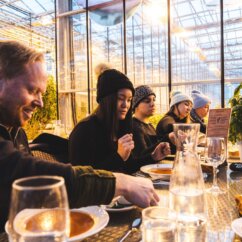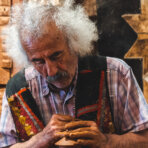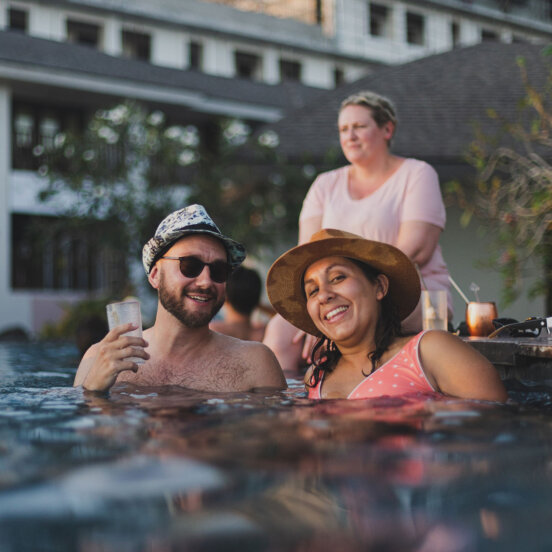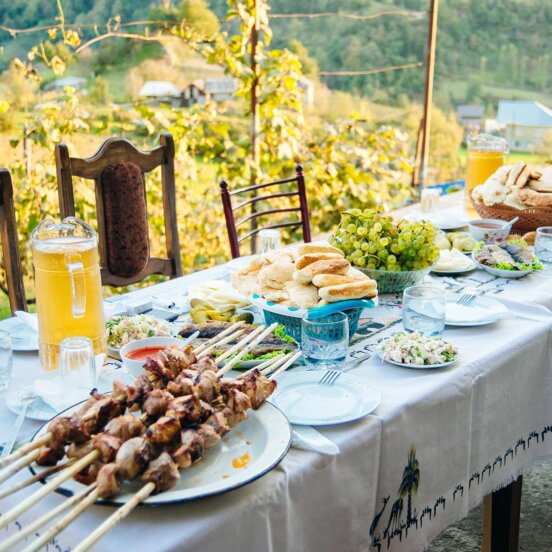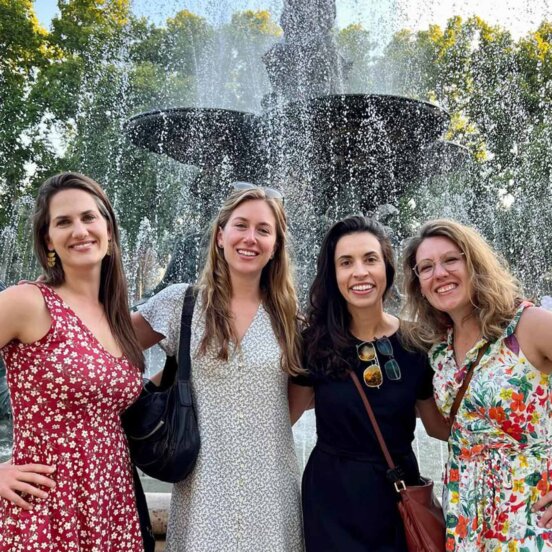Made with love: inside the therapeutic world of Turkey’s master potter
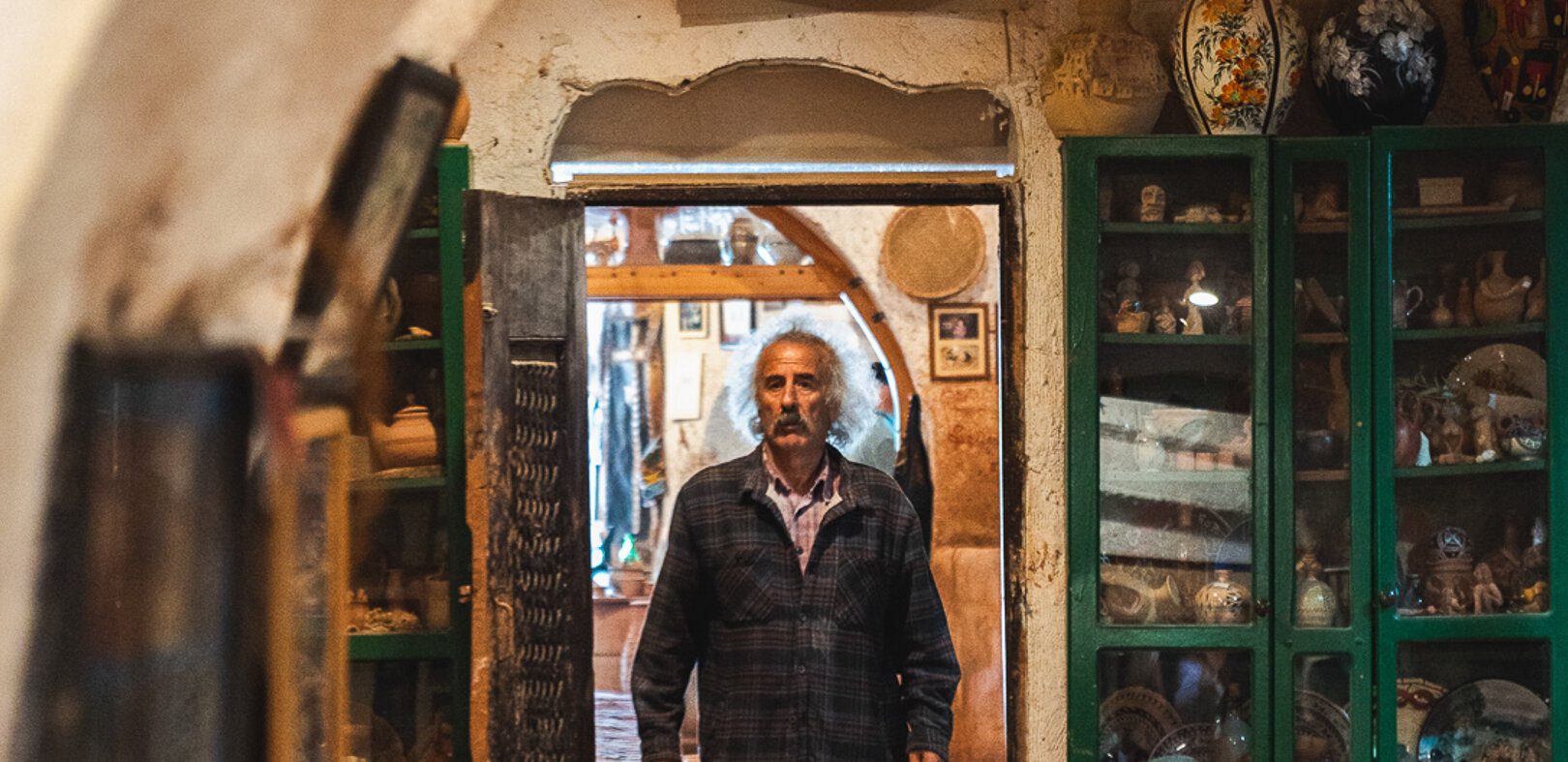
I’m a fifth generation potter in the town of Avanos in Turkey’s Cappadocia region. You’ll find ceramics wherever you go in the country, but the handmade pieces we create on the banks of the Kızılırmak (Red River) are unique.
Local potters have been mastering their art for over four thousand years, right back to the time of Anatolia’s fabled Hittite Empire. My studio is based in the same series of underground caves where my ancestors once made their crafts, using a traditional foot-powered spinning wheel.
From generation to generation we have all built our vases, pots or pitchers from Avanos red clay: it’s a very special kind of mineral-rich sediment that’s mixed with volcanic soil from the mountains nearby.
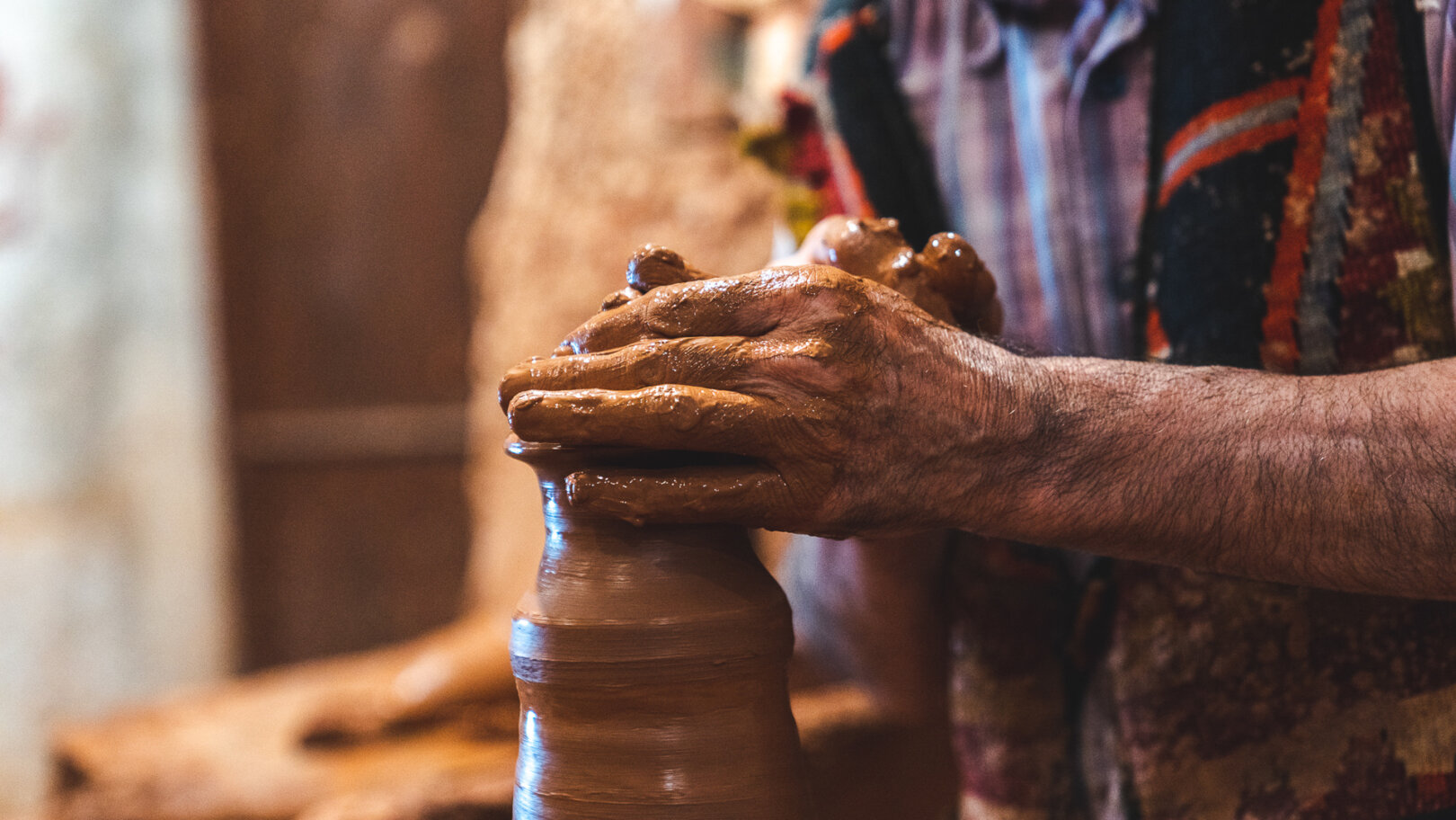
Local potters have been mastering their art for thousands of years
In fact, once upon a time, men in this region would struggle to marry unless they could make a Red River pottery piece themselves. In the age of arranged marriages, eligible partners would have to demonstrate their skills to the father of their would-be wife.
The piece in question was a teapot as it’s hard to make; it consists of two or three different parts and is tricky to get the lid to fit perfectly by hand.
So that became the test: if you could make a teapot well, it meant you could make a living and take care of your family. If not, you’d have to go away and practise some more. And while the tradition no longer exists, the teapot remains a very meaningful object in Cappadocia.
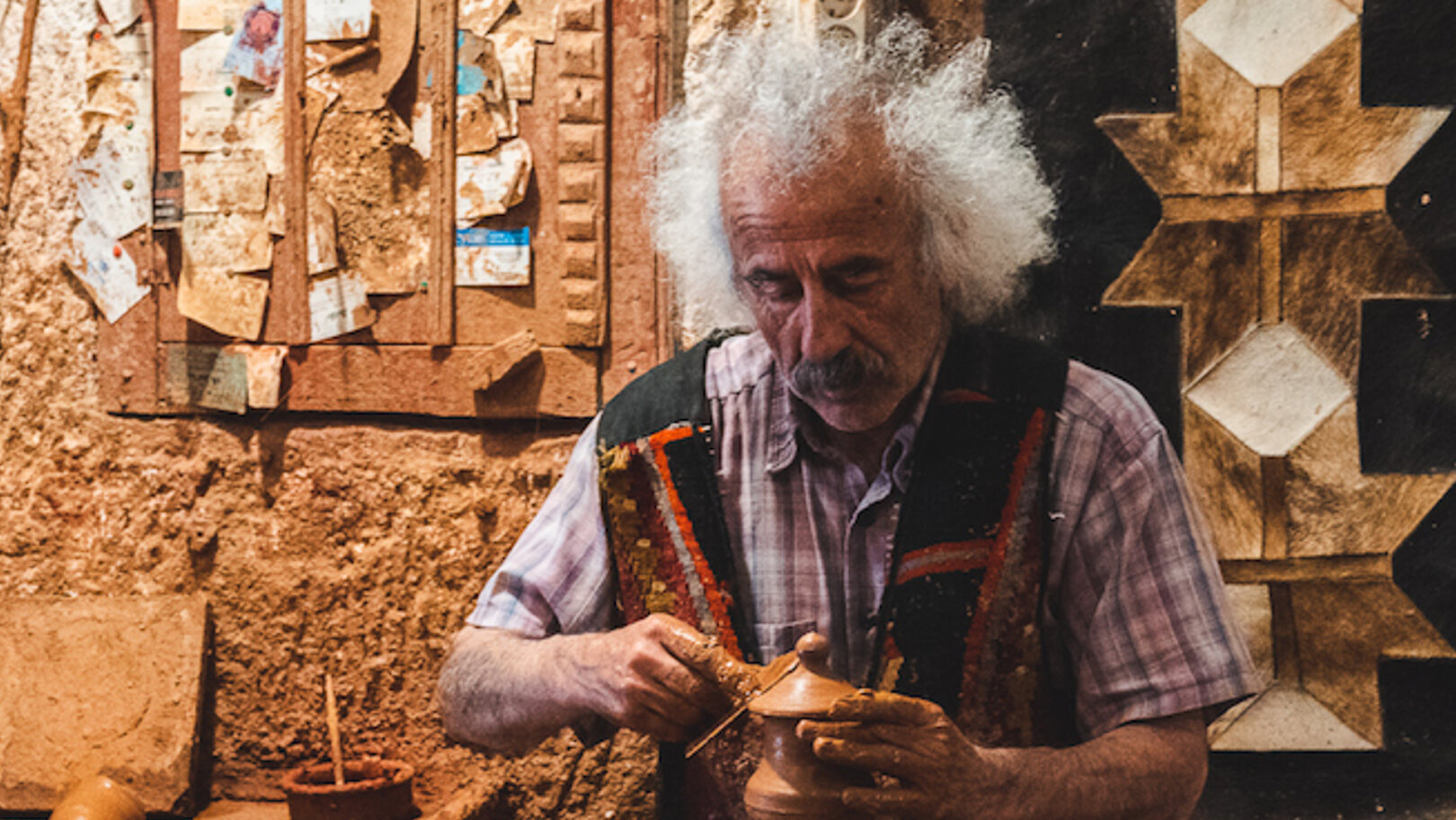
The key to being a master potter is to approach it with love
My own introduction to pottery came at the age of seven years old, when I started helping my potter father bring in red clay from the river – Avanos clay is so special, it even gives off a musical sound when you mix it with water.
By the time I was nine, I had put my hands on the wheel for the first time, and soon after I began to develop my own techniques. Along with everything I’d learned from my father, I loved to experiment with different ideas.
People always ask me what it takes to be a master potter, and I think the key is it’s a skill you need to approach with love. Naturally, your imagination is going to guide you in your creations, but above all, it’s about finding a sense of connection to pottery as a time-honoured art.
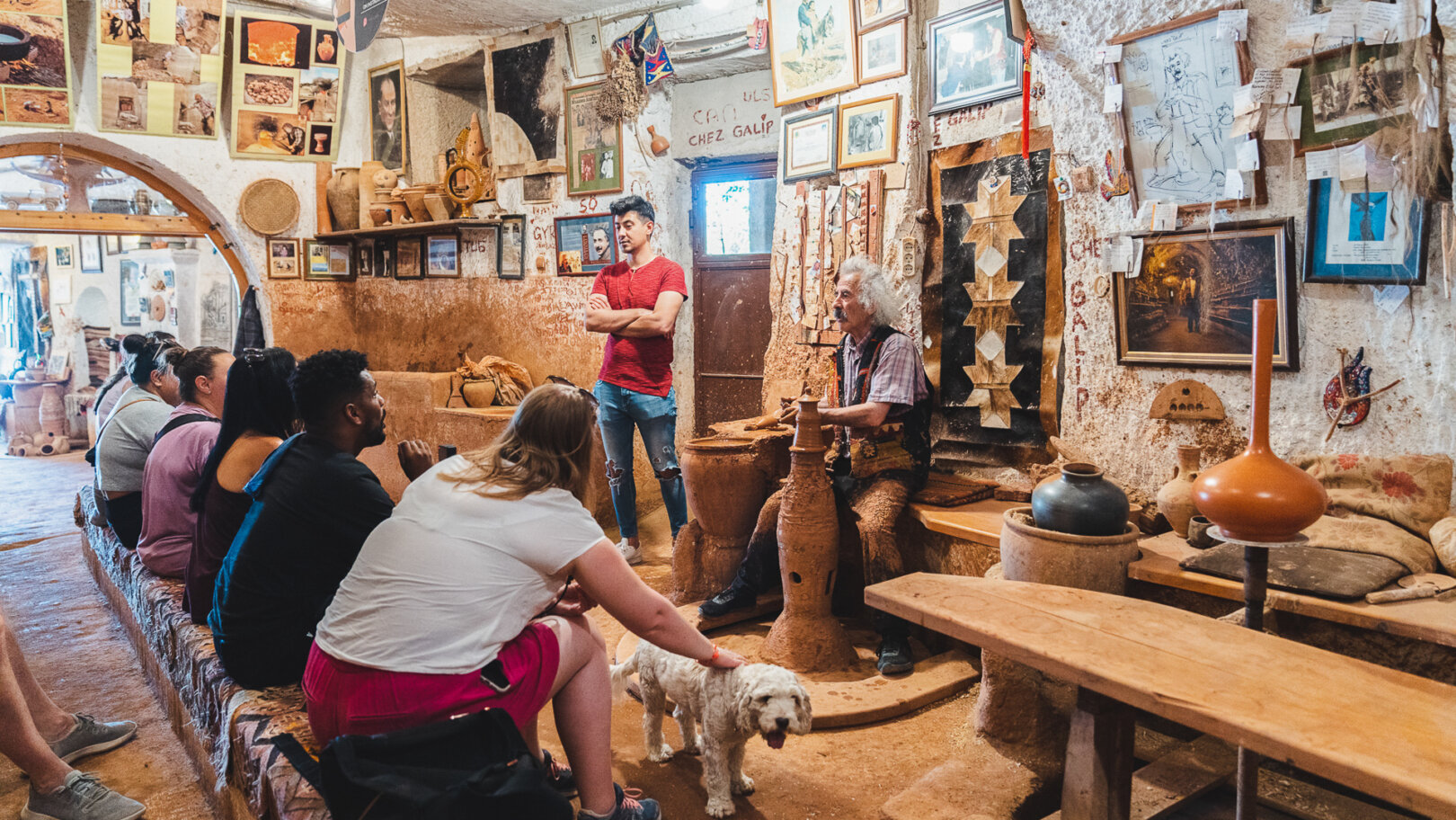
I wanted to open this amazing art to anyone who wanted to try it
My Dutch wife Lilian Körükçü Van Der Zee had no knowledge of Avanos pottery-making before she visited my workshop in the 1980s. After spending time around the wheel, and seeing my team and I at work, she also developed the passion and patience you need to work with clay. Now she works alongside me as a contemporary potter with her own, more abstract techniques. We also have three grownup daughters who are talented potters (alongside their own careers), too.
I made it my mission to involve women in pottery even before I was married with children. Back in 1979, at the beginning of my career, I partnered with a French travel company to offer classes in pottery and carpet weaving – two of Turkey’s most important crafts, historically and culturally.
At that point, carpet weaving in Turkey was a job for women, while pottery was very much a male domain; passed on from father to son through the generations. But I wanted to open this amazing art to anyone who wanted to try it.
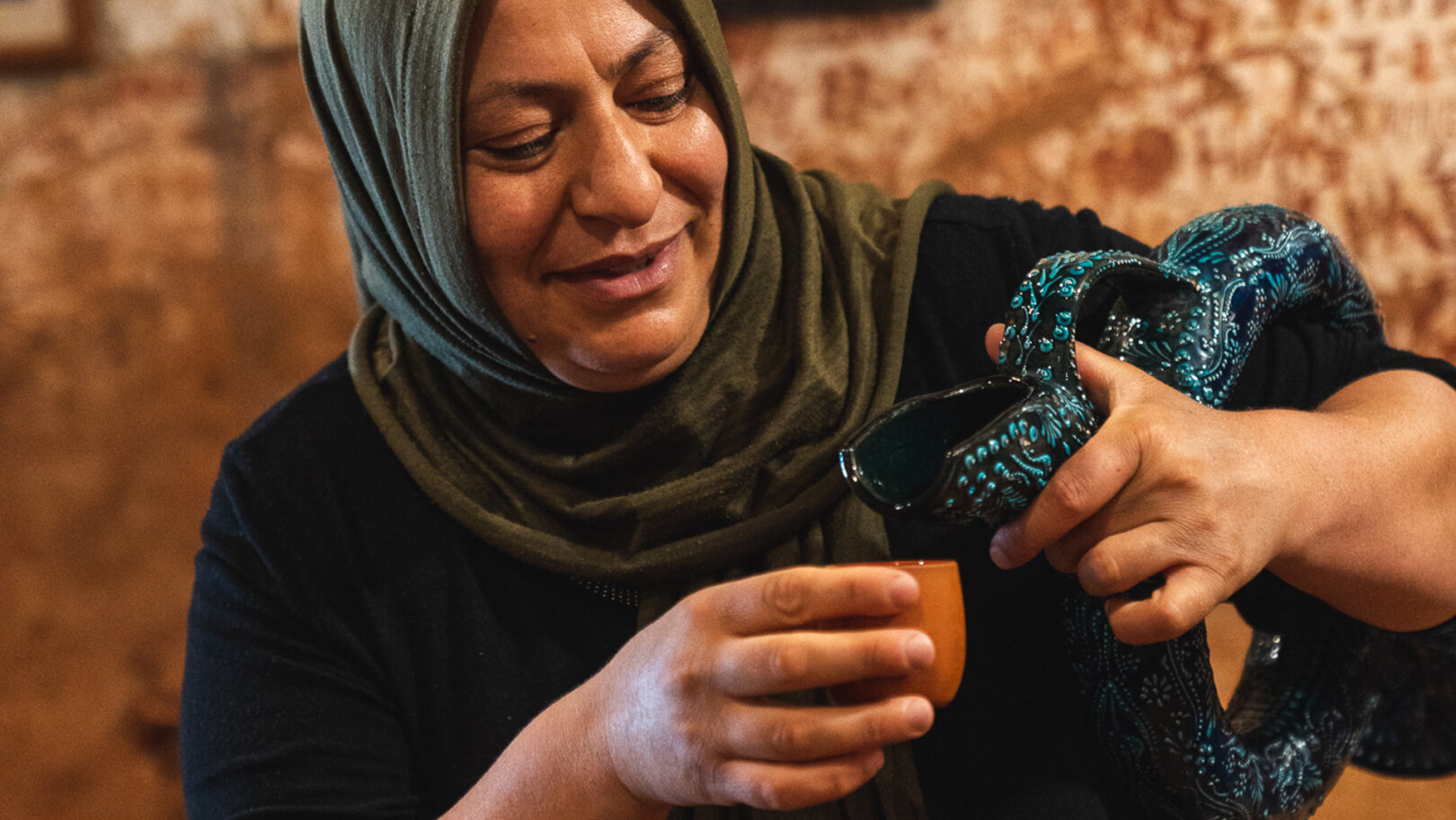
The most technically difficult piece to make is a Turkish decanter
Soon, I was helping women from all over the world discover the craft of Avanos pottery for the first time. Today, we have many female master potters here in Cappadocia; it’s a big change that I’m proud to have been part of.
When guests first visit me in my Avanos studio, they’re always struck by the museum-like feel of the workshop. The entire space is filled with photos from years gone by, along with beautiful pieces of pottery. The structure is intriguing, too: we’re based 80 metres below ground level, in a series of huge caves that date back hundreds of years. People are also amused by my erratic hairstyle: I’m known as “the Einstein of pottery”.
We start with a demonstration at the spinning wheel; it’s very hypnotic to watch. But as guests find out when they have a go themselves, it’s not as easy as it looks. One of the most technically difficult pieces to make is a Turkish decanter, in a ritual that has been carried down from the Bronze Age and the Hittites.
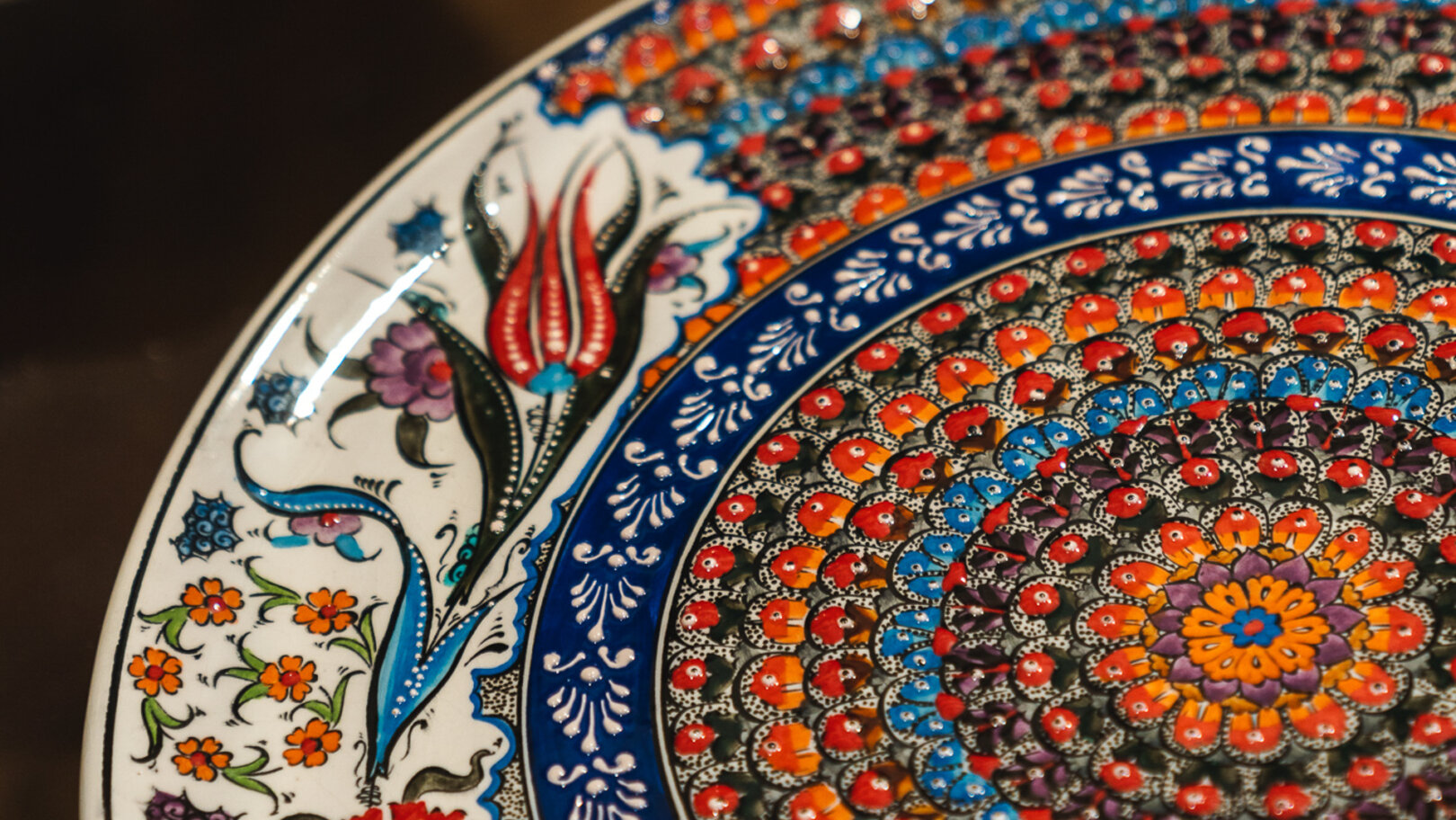
Hand-painted intricate detail demands a huge amount of skill
Thousands of years ago, the Hittites, one of the oldest civilizations in Turkey, produced wine in Anatolia. They saw it as a drink of the Gods. So, the circular shape of the decanter represents Ra, the Hittite Sun God, and when the first sunlight of the morning passes through it, it’s thought that a blessing has occurred.
Today, pretty much everyone in Avanos has one of these wine pitchers in their home, as a symbol of protection; you can see original models from the Hittite era in the Museum of Anatolian Civilizations in Ankara.
Being able to make one is also the mark of a master potter, as the design demands a huge amount of skill and craftsmanship. Each part is thrown separately before being constructed as a whole later on, and hand-painted in intricate detail.
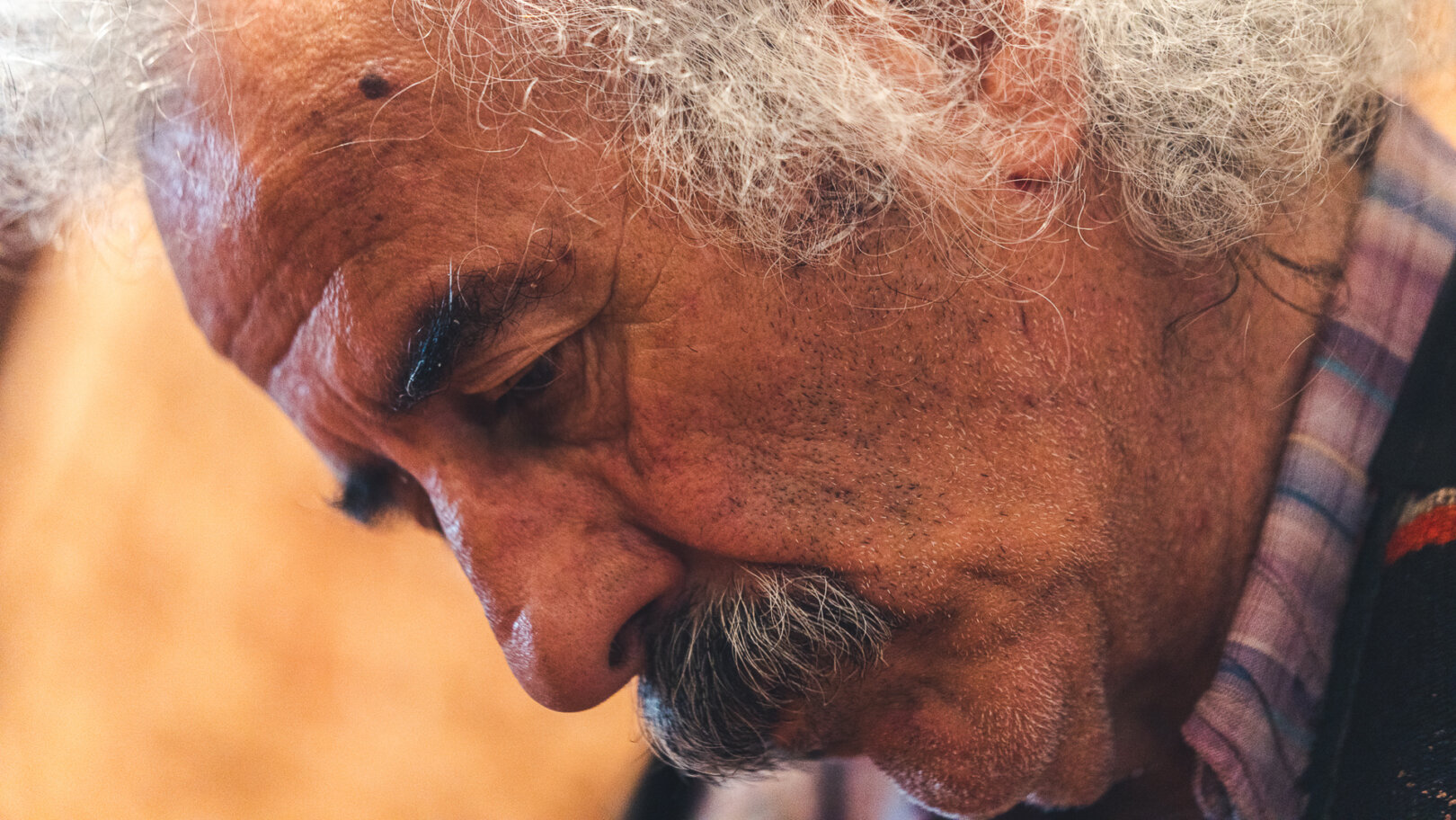
You don’t need a diploma for pottery– just a passion
Everything we do here is handmade, with a cave-drying process that takes up to four weeks. Even kiln firing can last for 10 hours at once. Nowadays, there are few master potters left who are able to produce giant Avanos pots, especially the kind that store a couple of hundred litres of water at once. I am well versed in the process and made several during the Covid lockdown.
People often feel at home when they visit me here at Chez Galip. They love using their hands to play with the clay and it’s therapeutic to do so. Pottery calms the mind and the body; you are focused on the moment and the soil absorbs any negative energy.
I always say to my students, you don’t need a diploma to study pottery: you just need passion and a willingness to learn. For me, pottery is infused with family, connection and love. It’s wonderful to keep its heritage alive.
Galip Körükçü is a world-famous ceramic artist and master potter who runs a workshop with travellers on Flash Pack’s adventure to Turkey.
Got a story or adventure that could inspire a solo traveller like you? Tag @flashpack on social or email [email protected] to be featured.
Images: Flash Pack
